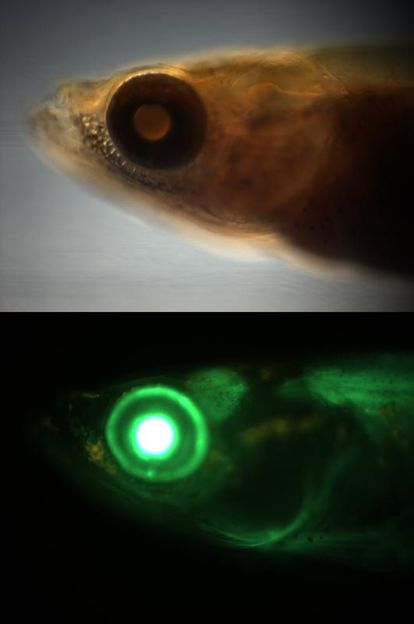Shire Presents Positive Data from Fabry and Gaucher Disease Studies that Continue to Support Patient Switches to REPLAGAL and VPRIV
Advertisement
Shire plc announced positive data from several studies designed to evaluate the safety of switching to REPLAGAL (agalsidase alfa) from Fabrazyme® (agalsidase beta) and the long-term safety and benefits of switching to VPRIV (velaglucerase alfa) from Cerezyme® (imiglucerase). Study results are being presented at the 2011 Annual Symposium of the Society for the Study of Inborn Errors of Metabolism (SSIEM).
"The volume of data presented to the medical community at SSIEM provides compelling evidence of the safety profile and tolerability of REPLAGAL and the long-term clinical efficacy and safety profile of VPRIV," said Dr. M. Rohrbach, MD, PhD from the Division of Metabolism, Connective Tissue Unit, University Children's Hospital in Zurich. "Patients and physicians want to be reassured that the product they are switching to is not only readily available – but also generally well tolerated. The data presented at SSIEM provides us with that evidence."
Six-month data from Shire's HGT-REP-059 study (U.S. treatment protocol) suggest that REPLAGAL at its licensed dose of 0.2 mg/kg every other week is well tolerated by Fabry patients switching from Fabrazyme (agalsidase beta). Safety events observed at six months among the 71 switch patients in this study were similar to those seen historically in those patients treated with REPLAGAL who had not switched from a prior enzyme replacement therapy.
This ongoing study was established to provide U.S. Fabry patients with access to REPLAGAL during the Fabrazyme (agalsidase beta) supply shortage, which has entered its third year. More than 2,600 patients are now being treated with REPLAGAL globally. This figure represents more than 75 percent of the treated Fabry patients worldwide.
Additional data from Shire's long-term open-label, Phase I/II TKT025 extension study demonstrate continued improvement of bone mineral density (BMD) with VPRIV. This data show clinically meaningful and statistically significant improvements in lumbar spine BMD which were observed as early as 24 months [Z-score 0.39 (0.06, 0.72)] and femoral neck BMD as early as 33 months [Z-score 0.39 (0.16, 0.62)] in patients on VPRIV (n=10), during year three of therapy and despite significant baseline skeletal pathology.
Shire also presented data from several other clinical studies that demonstrate the continued sustained efficacy and safety profile of VPRIV in patients switching from Cerezyme (imiglucerase).


















































